Lake Bioremediation by ‘BactaServe-Pond Cleaner’ with advanced Technology of ‘Hyper Oxygenation Reactor’
1. Background:-
This organization is a global, high precision metrology and healthcare technology group. They are located in Pune, India. They design, develop and deliver solutions and systems that provide unparalleled precision, control and reliability. They are also a world leader in the field of additive manufacturing, where they design and produce industrial machines which ‘print' parts from metal powder. From transport to agriculture, electronics to healthcare, their breakthrough technology transforms product performance. They have 77 offices in 36

2. Challenge:-
In company’s premises having this pond, natural in origin. In this pond, excess levels of nutrients such as Ammoniacal nitrogen (NH3-N) and Phosphorous (P) resulted in problematic issues like algal blooms and the onset of eutrophication. Additionally, there are quantities of Chemical Oxygen Demand (COD) and Biochemical Oxygen Demand (BOD) present in the pond, making their removal crucial for the well-being of aquatic life. To tackle this issue, it is essential to employ bacterial biocultures in the presence of oxygen to remove or reduce these pollutants.
The removal or reduction of these contaminants, including NH3-N, Phosphorous, COD, and BOD, relies on the activity of bacteria. However, this process demands a significant amount of oxygen. Unfortunately, ponds or water bodies often contain insufficient dissolved oxygen (DO) to support effective degradation. This oxygen deficit can lead to the creation of oxygen-depleted zones within the pond or water body, which is undesirable.To prevent these adverse consequences, it is imperative to efficiently eliminate these nutrients, COD, and BOD from the water. Bacterial activity can effectively address this challenge by consuming nutrient- rich algal blooms, COD, and BOD when oxygen is available in the pond or water body. Nonetheless, the rate at which bacteria consume oxygen is substantial. Given that the natural oxygen levels in the water body are typically inadequate for the efficient removal of these pollutants, it becomes necessary to supply a significant amount of oxygen from external sources.
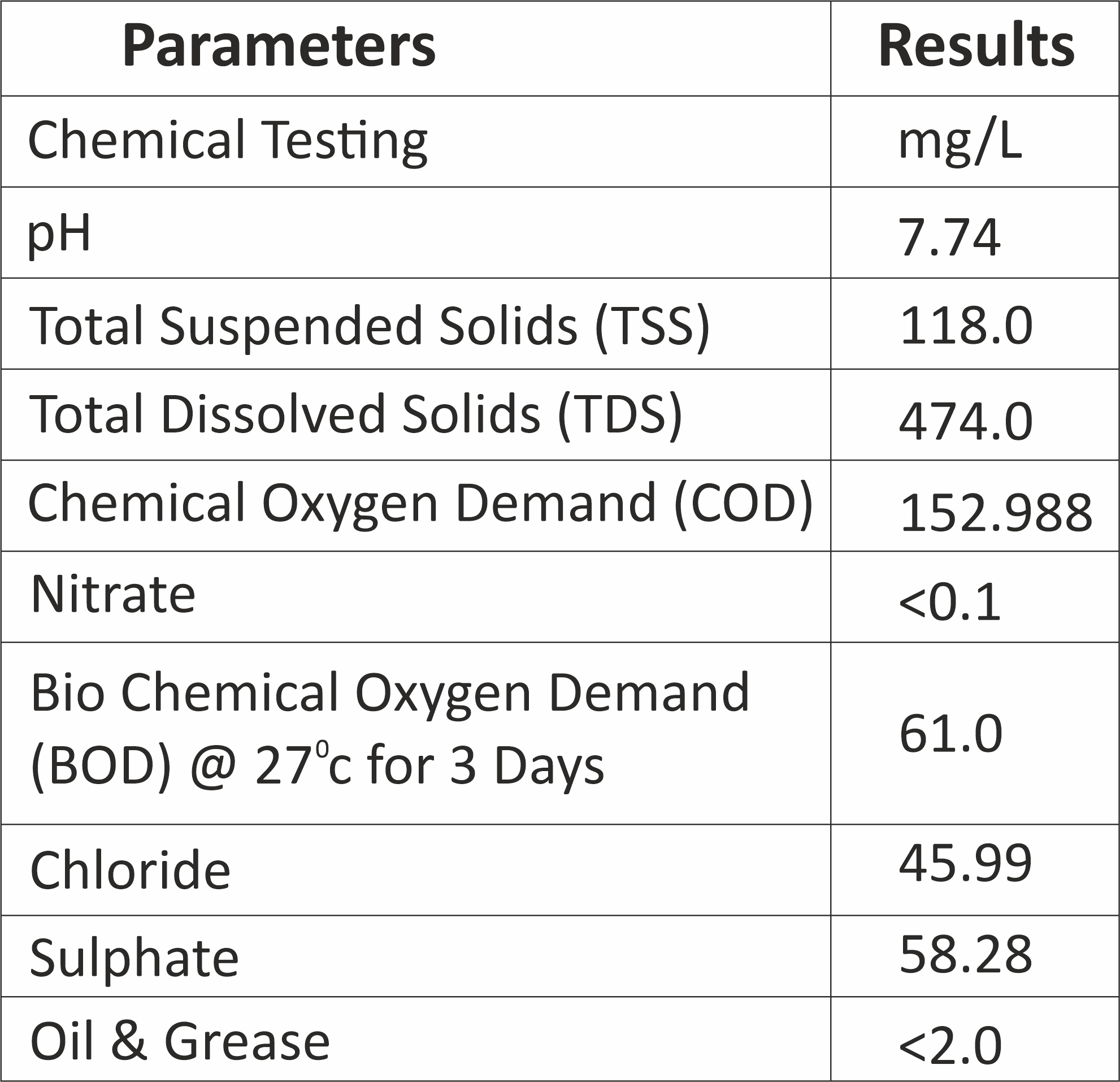
Targets to Achieve: -
a) COD – from 152 to 50 ppm
b) BOD – from 61 to 10 ppm
c) Ammoniacal Nitrogen – from 0.49 ppm to less than 0.5 ppm
d) Organic Phosphorous – from 0.257 ppm to less than 0.5 ppm
e) DO – from 2 ppm to 5-8 ppm
3. Pond Specifications:-
This pond has dimensions of 25 meters in length, 15 meters in breadth and the average depth of 4 meters. From these dimensions, the total volume of this pond is 1500 m3. There is pond in their plant facility, which is natural. During the rainy season, this pond gets totally filled with rainwater and over the period of time the algae / algal bloom formation takes place due to high nutrient content in the pond. These algal blooms are nutrient rich in nature causing ‘Eutrophication’ in the water body meaning causing harms to the aquatic lives in the water body i.e., Pond.
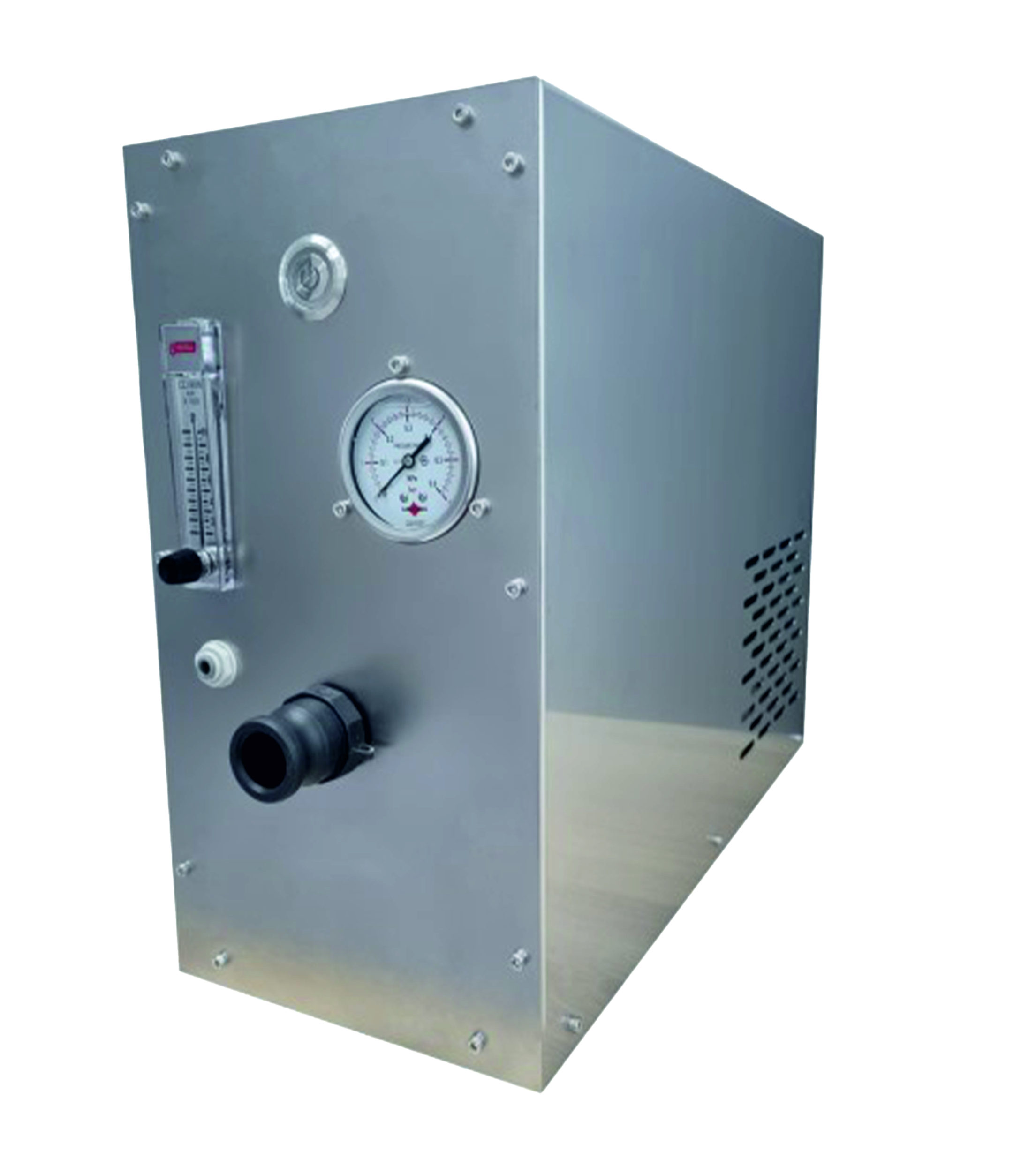

4.Special Technical Solution: -
We provided a solution by introducing a bioculture called "BactaServe – Pond Cleaner" to enhance the ability to break down high-nutrient algal blooms. This bioculture contains a combination of enzymes that can metabolize these nutrients when oxygen is present. To ensure an adequate oxygen supply for the survival of these bacteria within the pond, we employed an external method to capture oxygen from the atmosphere.
This oxygen capture process involves spraying water from the pond into the atmosphere. As the water is sprayed, it has the capacity to absorb and dissolve gases, including oxygen, from the surrounding atmosphere. This captured oxygen is then made available for the bacteria's needs, enabling them to thrive and effectively combat the algal blooms.
4.1. Hyper Oxygenation Reactor (HOR): -
A HOR is a cutting-edge technology employed in pond cleaning and water treatment procedures. Its operation involves the creation of extremely minute bubbles, often at the nanoscale, and these bubbles possess a range of distinctive properties and advantages when it comes to pond cleaning. Their diminutive size results in a substantial surface area-to- volume ratio, allowing them to remain suspended in water for extended periods. This characteristic significantly enhances the efficiency of oxygen transfer. Moreover, due to their remarkable mass transfer rate in terms of oxygen dissolution, nanobubbles excel in tasks such as controlling algae, removing COD/BOD, and eliminating nutrients from the water.
In summary, HORs play a pivotal role in pond cleaning and the management of water quality. They achieve this by elevating oxygen levels, facilitating natural biological processes, curbing algae growth, and diminishing the need for chemical interventions. This innovative technology provides a sustainable and environmentally friendly solution for preserving ponds in a clean and healthy eco-system.
5. Results: -
Utilizing bioculture in conjunction with a HOR, we have successfully achieved the degradation of COD/BOD, as well as the reduction of nutrients like nitrogen (N) and phosphorus (P), along with the control of algal blooms in the pond.
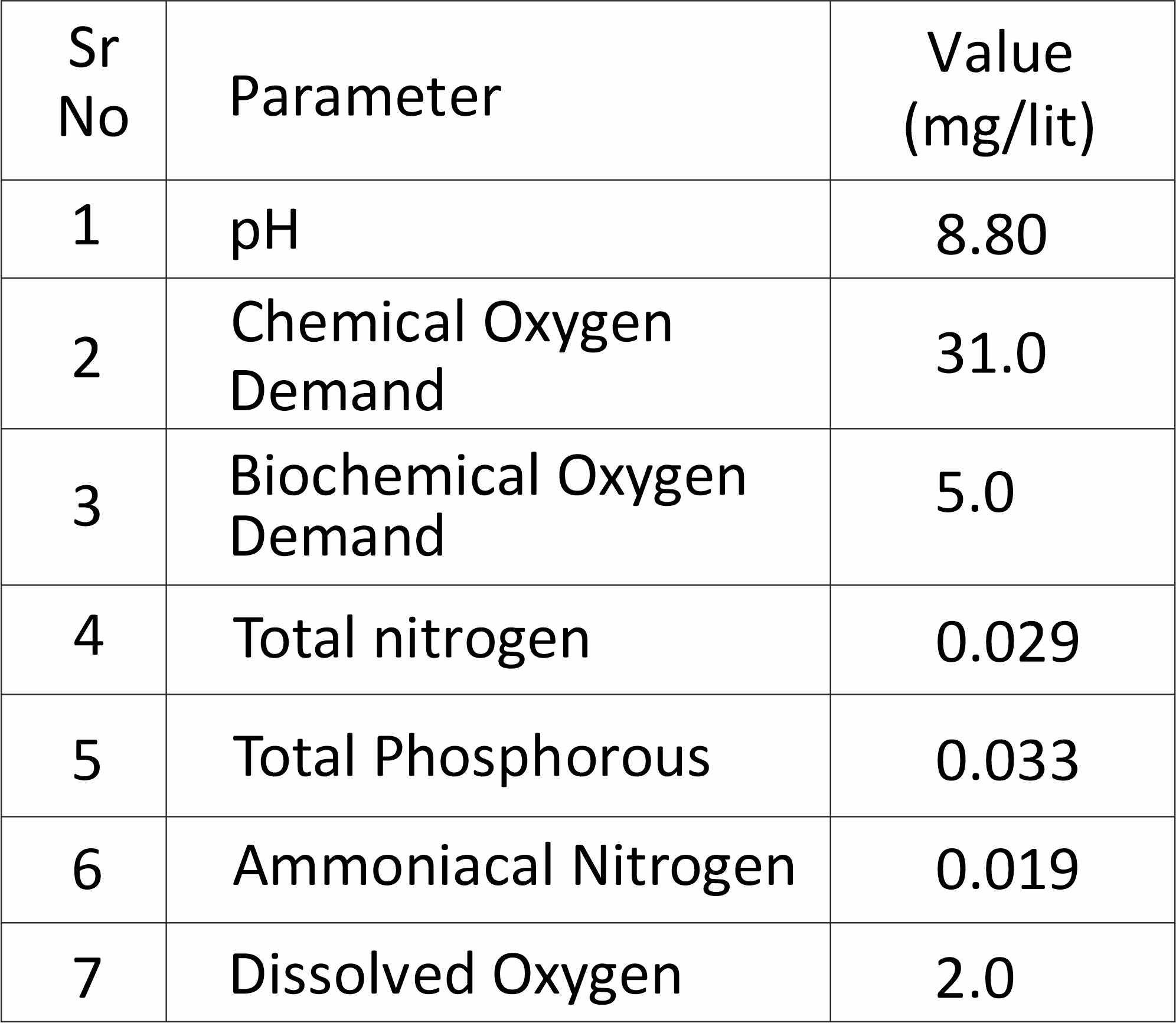
6. Executive summary:-
At Amalgam Biotech, we've successfully achieved a reduction in COD/BOD, the removal of nutrients, and the elimination of algal blooms by utilizing our innovative solutions, BactaServe- Pond Cleaning, and HOR technology. These technologies work synergistically to accelerate the breakdown of organic deposits, reduce algal blooms, and enhance the efficiency of oxygen transfer, facilitating the removal of organic deposits. Our expertise extends to providing comprehensive pond cleaning solutions, including the removal of nutrients, COD/BOD, and algal blooms. Additionally, we offer wastewater treatment services, catering to Sewage Treatment Plants (STP) and Effluent Treatment Plants (ETP) through the use of bioculture.

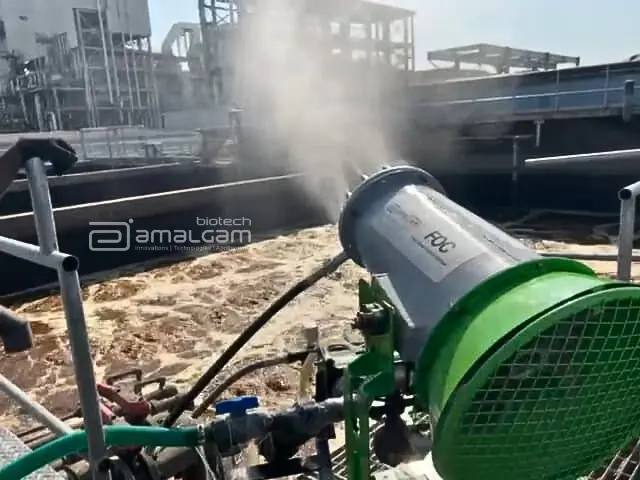

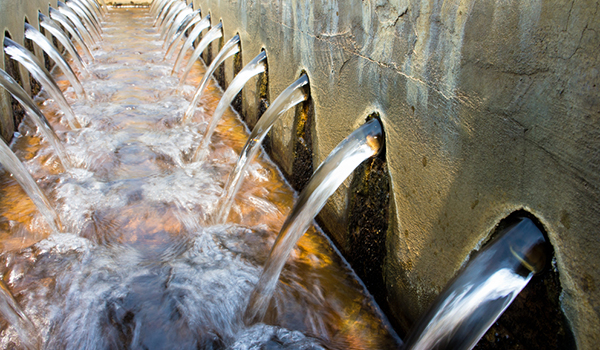




.jpg)